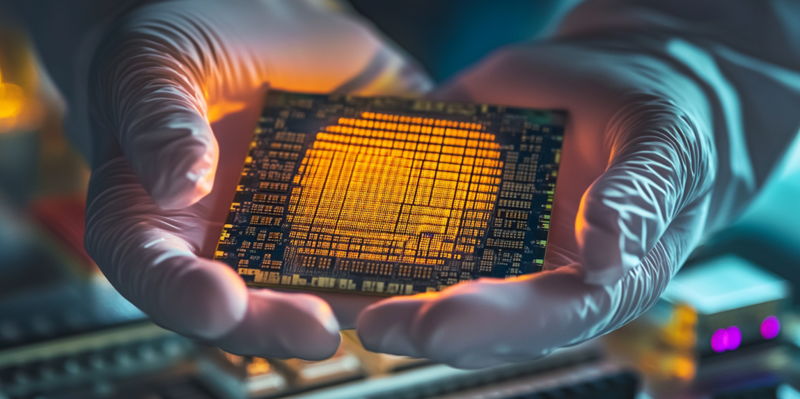In a significant development for the semiconductor industry, Nvidia and TSMC are discussing collaboration to produce the highly anticipated Blackwell chips at TSMC’s fabrication facility in Arizona. This initiative aligns with the US government’s broader strategy to bolster domestic chip manufacturing, an effort underscored by substantial investments through the CHIPS Act of 2022. If successful, this partnership would mark a notable achievement in reducing reliance on foreign chip supplies. However, despite these advancements in local fabrication, the chips would still need to be sent to Taiwan for packaging. TSMC’s advanced Chip on Wafer on Substrate (CoWoS) technology, which is crucial for this process, is currently not available at the Arizona facility. Major production at the Arizona fab using the 4nm process is slated to begin by 2025, with 3nm production expected to follow subsequently.
Heading Towards New Frontiers
Nvidia’s new Blackwell GPUs, driven by advances in artificial intelligence, have seen a spike in demand. To meet this growth, TSMC has made significant investments to scale and enhance their packaging capabilities. Discussions between Nvidia and TSMC highlight attempts to localize more chip production and packaging activities within the US. However, there’s still a heavy reliance on Taiwan for packaging, marking a major challenge. This situation stresses the necessity for further infrastructure growth in the US to boost packaging capabilities alongside fabrication improvements.
Despite notable strides in domestic chip fabrication, packaging capabilities in the US are still behind, pointing to a crucial area for growth. The Nvidia-TSMC partnership represents a strategic move toward a more balanced global production approach. It also sheds light on the logistical and technological dependencies shaping the semiconductor industry. While prospects for US-based chip manufacturing are positive, current limitations call for ongoing international collaboration. This collaborative effort captures the ongoing challenges and advancements in the semiconductor sector, underscoring Nvidia and TSMC’s essential roles in global chip production.

